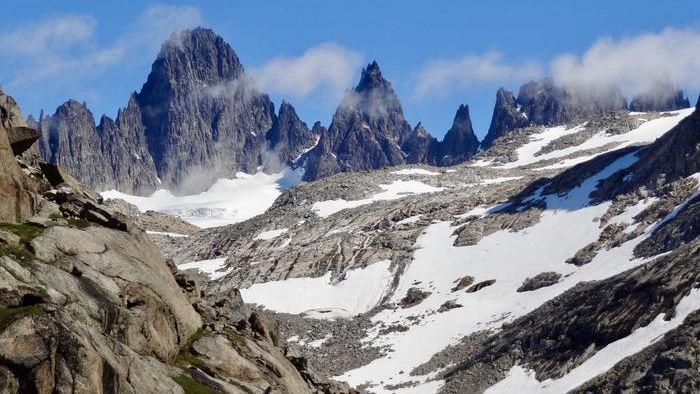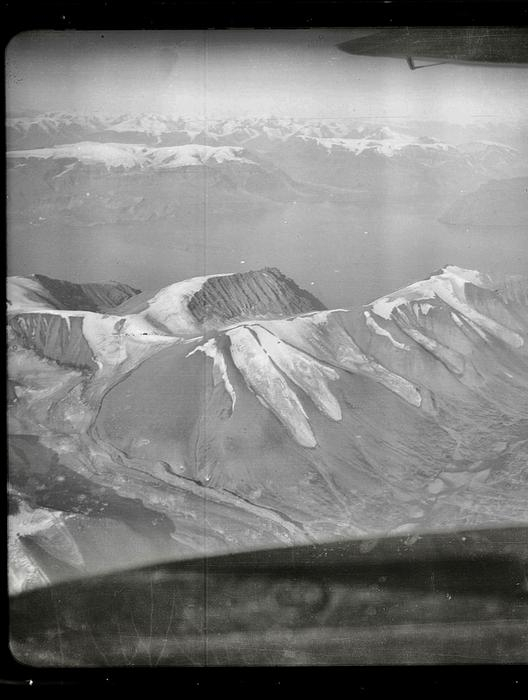Satellite data and 100-year-old images reveal quickening retreat of Greenland's glaciers
Thanks to century-old photos taken by Danish pilots, we can study long-term changes in Greenland's glaciers.

When scientists study the effects of climate change on Greenland's ice, they typically focus on the ice sheet— the massive, contiguous body of ice that covers some 80 percent of the island. But there are thousands of peripheral glaciers separate from the ice sheet along Greenland's coast, and they've been little studied — until now.
Using a combination of historical aerial photographs and satellite imagery of Greenland, scientists have now analyzed the movement of more than 1,000 peripheral glaciers from 1890 to 2022. And, unfortunately, the results are bleak. According to the researchers, the rate of retreat for these peripheral glaciers has doubled in the last 20 years.
Related: Satellites show Antarctic ice shelves have lost 74 trillion tons of water in 25 years
"Peripheral glaciers only represent about 4 percent of Greenland’s total ice-covered area, but they contribute 14 percent of the island’s current ice loss — a disproportionately large portion," Laura Larocca, a climate and geospatial scientist who served as first author on a study about the findings, said in a statement. "If you look globally at all glaciers that are distinct from the Greenland and Antarctic Ice Sheet, they have contributed roughly 21 percent of observed sea level rise over the last two decades. So, these smaller ice masses are an important part of the sea level problem."
The historical aerial photographs of Greenland were crucial to the team's analysis. Earth-observing satellites weren't launched until the 1970s so, for a long time, scientists had believed detailed observational records of Greenland's peripheral glaciers did not exist until that point. But 15 years ago, an archive of old photographs was discovered in a castle in Greenland, including images of the country's coastline. These images were taken by pilots in open-cockpit airplanes.
"Those old photos extend the dataset back prior to the satellite era, when widespread observations of the cryosphere are rare," Yarrow Axford, the William Deering Professor in Geological Sciences at Northwestern University, said in the statement. "It’s quite extraordinary that we can now provide long-term records for hundreds of glaciers, finally giving us an opportunity to document Greenland-wide glacier response to climate change over more than a century.”
Breaking space news, the latest updates on rocket launches, skywatching events and more!

Space.com contributing writer Stefanie Waldek is a self-taught space nerd and aviation geek who is passionate about all things spaceflight and astronomy. With a background in travel and design journalism, as well as a Bachelor of Arts degree from New York University, she specializes in the budding space tourism industry and Earth-based astrotourism. In her free time, you can find her watching rocket launches or looking up at the stars, wondering what is out there. Learn more about her work at www.stefaniewaldek.com.

